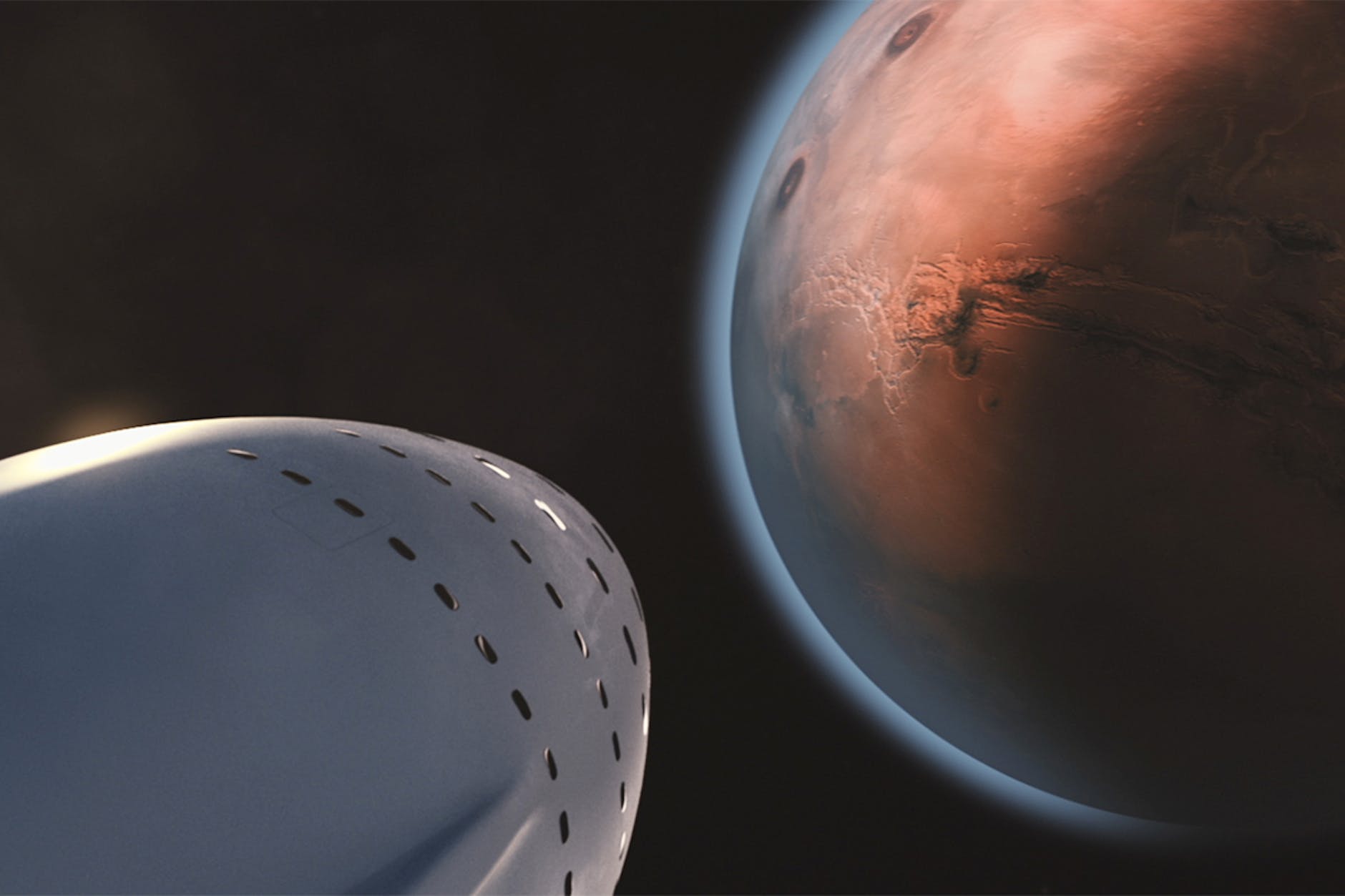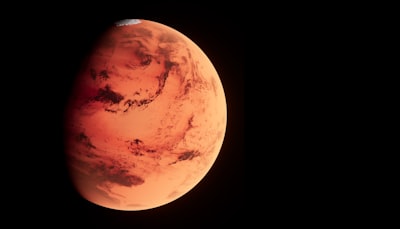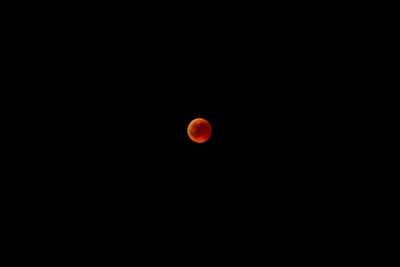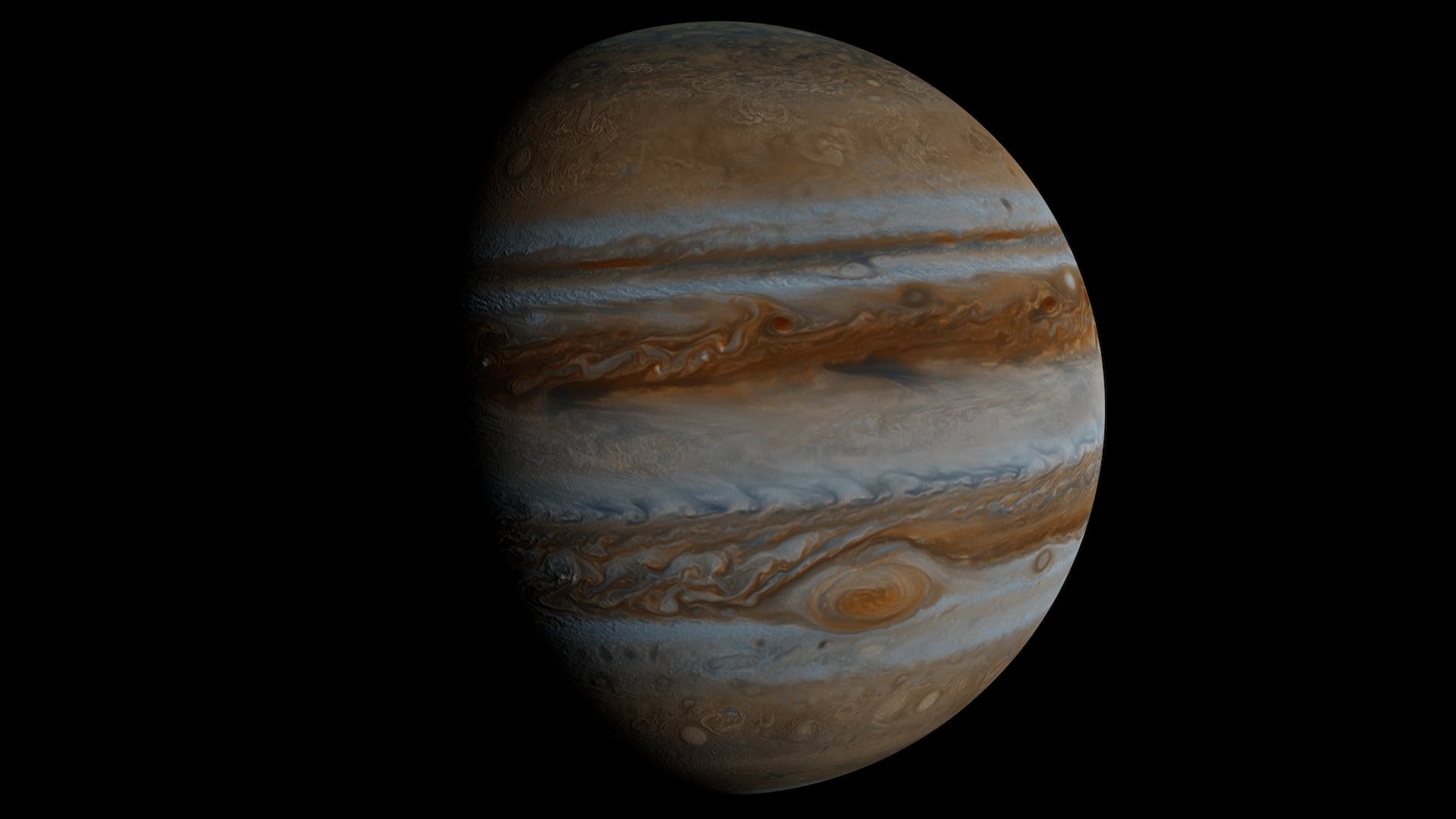
Planet Mars
Planet Mars
Planet Mars, the fourth planet from the Sun, is often referred to as the Red Planet. It is a fascinating subject for astronomers and space enthusiasts alike. In this blog, we will explore everything about planet Mars. From its physical characteristics to the search for life on it.
We will delve into its size, composition, and structure, internal structure, surface geology, soil composition, hydrology (polar caps), atmosphere, and climate. We will also discuss exploration and research done on planet Mars so far and future human missions planned for it.
Lastly, we will share some quick facts and interesting facts about planet Mars that you might not know yet. Read on to discover more about the wonders of the Red Planet!

Physical Characteristics of Planet Mars
Mars, also known as the “Red Planet,” has a very thin atmosphere that primarily consists of carbon dioxide. The planet’s surface is covered with rocks, craters, and volcanoes.
Additionally, planet Mars has the largest canyon in our Solar System- Valles Marineris. The planet’s surface is also home to dust storms that can last for months, and sometimes even years. These physical characteristics of planet Mars make it a fascinating subject for scientists. They are constantly studying the planet to learn more about its geology and potential habitability in the future.
Volcanoes
The Martian surface is well-known for its impressive geological features such as the largest volcano in the solar system – Olympus Mons.
Size, composition, and structure of Mars
Mars is the fourth planet from the Sun and has several distinct physical characteristics. It is the second smallest planet in our Solar System.
With a diameter of 6,794 kilometers, which is about half the size of Earth. In terms of its composition and structure, planet Mars has an atmosphere that is primarily composed of carbon dioxide, nitrogen, and argon. These features give planet Mars a unique makeup that is different from any other planet in our Solar System.

Internal structure of Mars
One of the most fascinating aspects of Planet planet Mars is its internal structure. The planet has an iron-rich core, mantle and crust similar to that of Earth. The innermost part of the planet is composed of solid iron surrounded by a liquid iron-sulfur mixture.
Above the core lies the mantle, which is made up of silicate rocks. Finally, at the surface lies the crust, which is primarily basaltic rock. Understanding the internal structure of planet Mars can provide important clues about how the planet formed and evolved over time.
Surface geology of Mars
Mars, the fourth planet from the Sun, is known for its distinctive rusty red surface. This coloration is due to the presence of iron-rich minerals that make up much of the planet’s surface geology. In addition to its reddish hue, Mars is also home to a number of geological features, including volcanoes, canyons, and impact craters. These physical characteristics provide important insights into the planet’s history and composition and continue to be a subject of study for scientists around the world.

Martian soil
One of the most notable physical characteristics of planet Mars is its soil composition. The Martian soil contains a variety of minerals, including iron oxide, magnesium oxide, calcium oxide, and aluminum oxide. In addition to these minerals, there are small amounts of organic matter and water vapor present in the soil.
Another important aspect of Mars’ physical characteristics is its average temperature on the surface. The planet has an average temperature of -81 degrees Fahrenheit (-63 degrees Celsius). Making it one of the coldest planets in our solar system. These combined factors make Mars a unique and fascinating planet to study and explore.
Hydrology of Mars (Polar caps)
One of the most distinct physical characteristics of Mars is its polar ice caps. Which are located at the planet’s North and South Poles. These ice caps are primarily made up of frozen water vapor and carbon dioxide. The North Polar Ice Cap is larger than the South Polar Ice Cap and is mainly composed of frozen carbon dioxide. While the South Polar Ice Cap is mostly composed of frozen water vapor.
In addition to the visible polar caps, there is also subsurface ice near the polar regions that contributes to seasonal variation in the polar caps. The study and exploration of these polar regions on Mars has been a key focus for scientists seeking to understand the planet’s geology and potential for supporting life.
Martian atmosphere
One of the most notable physical characteristics of planet Mars is its atmosphere. Composed mainly of carbon dioxide, it is much thinner than Earth’s atmosphere. With only about 1% of the air pressure found on our planet’s surface. This low air pressure makes it difficult for liquid water to exist on Mars. Along with carbon dioxide, the Martian atmosphere also contains small amounts of nitrogen, argon, oxygen, and water vapor.
Another important aspect of the Martian atmosphere is its weak magnetic field. This means that Mars lacks protection from solar radiation. Which can have a significant impact on any potential life forms that may exist on the planet’s surface. Understanding these unique features of Mars’ atmosphere is crucial in exploring the possibility of sustaining human life on the red planet in future missions.
Climate of Mars
One of the most notable physical characteristics of planet Mars is its highly variable climate. Temperatures on Mars can range from a bone-chilling -225°F to a relatively balmy 68°F depending on the location and time of day. The planet’s average surface temperature, however, is around -81°F, making it the coldest planet in our solar system.
In addition to its temperature variability. Mars also has a distinct appearance due to its iron-rich soil and lack of rain. The planet’s red color comes from iron oxide (rust) that covers much of its surface. This dust gives the planet a dusty, desolate look that sets it apart from other planets in our solar system.
NASA Exploration and Research on Mars
Exploration and research on Mars have led to many scientific discoveries, such as evidence of water on the planet’s surface.
NASA‘s rovers and other machines (Viking, Viking 1, Viking 2, Curiosity rover, Mariner, Mariner 4, perseverance, and others) have collected data and samples that show Mars may have been habitable in the past or could support life in the future.
Other space agencies around the world, such as the United States, European Space Agency, United Arab Emirates, and others also have plans for future exploration and research on Mars. These missions will continue to provide valuable information about our neighboring planet and help us better understand its history and potential for sustaining life.
Future human missions to Mars
Exploration and research on Mars has been ongoing for several decades, with NASA and other space agencies working to develop the necessary technologies for future human missions to the planet. Robotic probes, rovers, and even humans will be sent to the planet to collect data and samples.
In addition, scientists are researching methods of creating habitats that could be used by astronauts on Mars. This research includes developing technologies for growing food in a Mars-like environment, as well as for extracting water from Martian soil.
The ultimate goal of these efforts is to establish a permanent human presence on Mars in the near future. Although significant challenges remain, continued exploration and research will undoubtedly lead to new discoveries and advancements in our understanding of this fascinating planet.
Search for Life on Mars
Mars has been a subject of immense curiosity for researchers and scientists. The planet has been studied extensively over the past few decades with several Mars missions conducted by various space organizations. The search for life on Mars remains a central focus of these missions. The possibility of finding past or present microbial life on Mars is at the forefront of this research, with discoveries such as underground water reservoirs fueling this interest.
The potential for future human exploration and colonization of Mars is another important focus area. With its similarity in geological conditions to Earth, some believe that it could be a viable option for human habitation in the distant future. In conclusion, the study of Mars has already provided us with significant insights into our neighboring planet’s nature and history, while also opening up exciting possibilities for further exploration and discovery.
Moons of Planet Mars
While the planet Mars itself has been the focus of much research and exploration, its two small moons, Phobos and Deimos, have also garnered attention from scientists. These moons are irregularly shaped and are thought to be captured asteroids, rather than formed as natural satellites of Mars.
Phobos is the larger of the two moons and orbits very close to Mars, completing a full revolution in just 7 hours and 39 minutes. It has long been speculated that Phobos will one day collide with Mars or break apart due to tidal forces.
Deimos, on the other hand, is much smaller than Phobos and orbits farther away from Mars. It takes approximately 30 hours to complete one revolution around the planet. Both moons have been studied extensively, with missions such as NASA’s Mars Reconnaissance Orbiter gathering data on their composition and surface features.
Quick facts about Planet Mars
Mars is the fourth planet from the sun and the second smallest in our solar system. It is often referred to as the “Red Planet” because of its reddish appearance.
- Two small moons, Phobos and Deimos, orbit Mars at an average distance, both of which were discovered in 1877.
- The average temperature on Mars is -81°F (-63°C), making it an inhospitable place for humans without proper equipment.
- A day on Mars (known as a Martian day) is slightly longer than Earth days, lasting about 24 hours and 37 minutes.
- Olympus Mons, the tallest mountain in our solar system at 14 miles (21 km) high, can also be found on Mars.
- Mars is named after the god of war.
- Spacecraft have delivered several versions of the Mars Rover and lander.
- It can be seen in the night sky on a clear night.
- It has been hit by many meteorites.
- It has a radius, equator, tilt, axis, rotation, Canals, and something called a Gale Crater.
- It has water in the form of water ice.
These quick facts give a glimpse into what makes Mars such a fascinating planet to study and explore.
Related Articles
- Nearest Habitable Planet
- The Sun
- Jupiters Moons
- Venus
- Our Moon
Interesting facts about Planet Mars
Mars is a fascinating planet with many unique features. One of its most notable characteristics is the massive dust storms that can last for months on end – some of the largest in the entire Solar System. The surface of Mars is also incredibly intriguing, featuring countless impact craters and extinct volcanoes that make it an exciting target for exploration. With so much to discover and explore, it’s no wonder that scientists and space enthusiasts alike are captivated by this otherworldly planet.
Does Mars have water?
Yes, Mars does have water, but it is primarily in the form of ice. Recent evidence suggests that liquid water may exist below the planet’s surface. Additionally, there are seasonal flows on Mars that are believed to be caused by salty water.
The presence of water on Mars is a crucial factor in the search for extraterrestrial life, as it is necessary for the existence of living organisms. Therefore, continued exploration and research into the presence and nature of water on Mars is essential for our understanding of the planet and its potential for supporting life.
Conclusion
Mars, the fourth planet from the Sun, has always been a fascinating planet for humans. Its physical characteristics, surface geology, and atmosphere make it a unique planet in our solar system. The recent advancements in technology have enabled us to explore Mars and conduct research on the possibility of life on this red planet.
The future missions to Mars are expected to provide more insights into the planet’s secrets, and who knows, we might find evidence of extraterrestrial life soon!
We will be posting new information every month (January, February, March, April, May, June, July, August, September, October, November, December) on our other Solar System planets such as Venus and Mercury. So be sure to open your browser and follow on Instagram. Afterall this isn’t the 1960s.
please follow on instagram.

